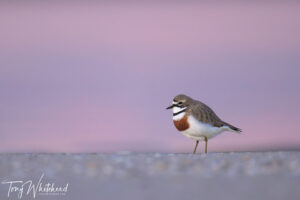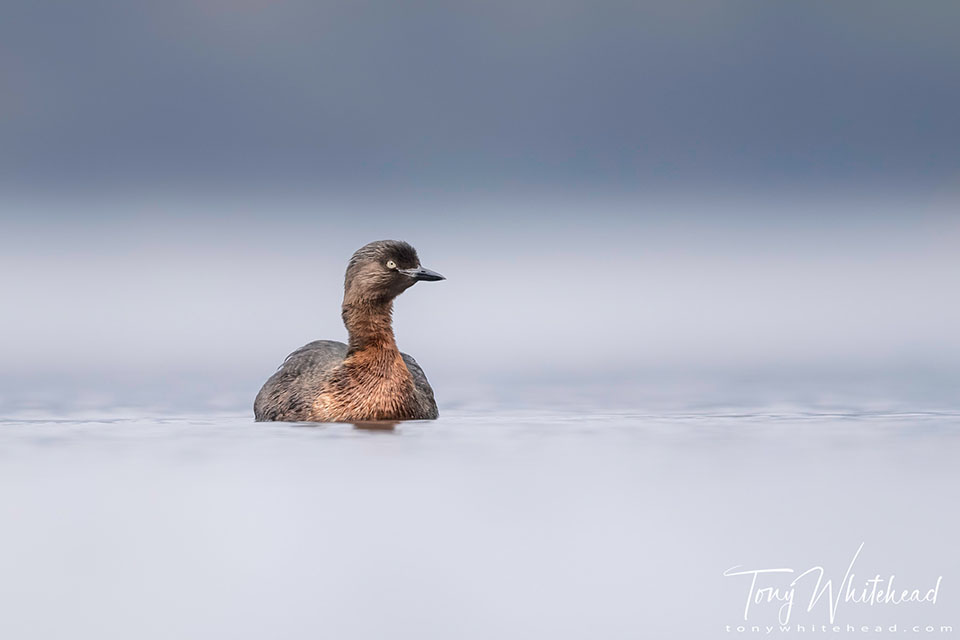
As discussed in a previous post, getting a low shooting angle is one of the techniques to get engaging images of birds. Until recently this involved laying down to peer through the viewfinder of the camera on the ground. This could be a painful exercise. One of the side-effects of ageing can be reduced movement in the neck joints and extreme and sustained neck extension is now something I try and avoid. I have a lovely collection of Wrybill, Sharp-tailed Sandpiper and Bar-tailed Godwit images I got a few years ago but the price I paid was 6 months of a pinched nerve in my neck that sent shocks down my arm every time I turned in bed. I tried the option of using a right angled finder so that I could look down into the viewfinder but found this awkward and there are invariably opportunities for flight shots which are impossible with this setup.

Tilting LCD screens were a feature introduced to consumer level cameras and omitted from pro or prosumer bodies in the interests of ruggedness. Nikon changed track and included an articulated LCD on the D500 and then D850. Initially I didn’t think I would find much use for the feature but recently have found it an indispensable tool to the point that I would now hesitate to buy a camera for bird photography that didn’t have a tilting LCD.
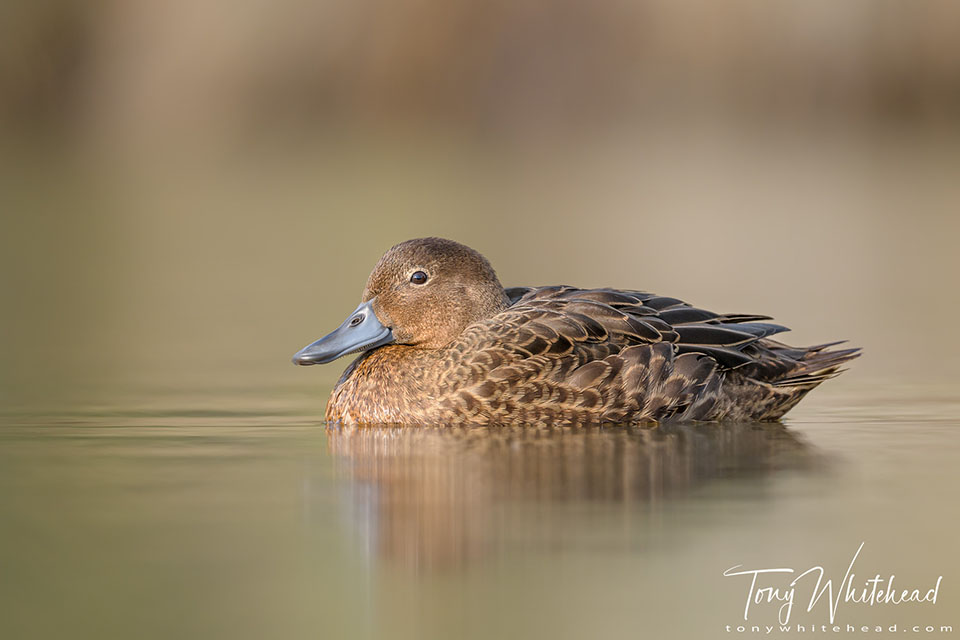
By using Liveview and tilting the LCD, I can hold the camera at ground or water level while comfortably sitting or kneeling, or less comfortably, crouching. This has enabled me to get water level images of Blue Ducks from a sloping bank where it would have been impossible to lie down to get a low angle. Alternatively I can use my home-made Groundpod with RRS BH55 ball head and Wimberley Sidekick on a lake margin or tidal flat.
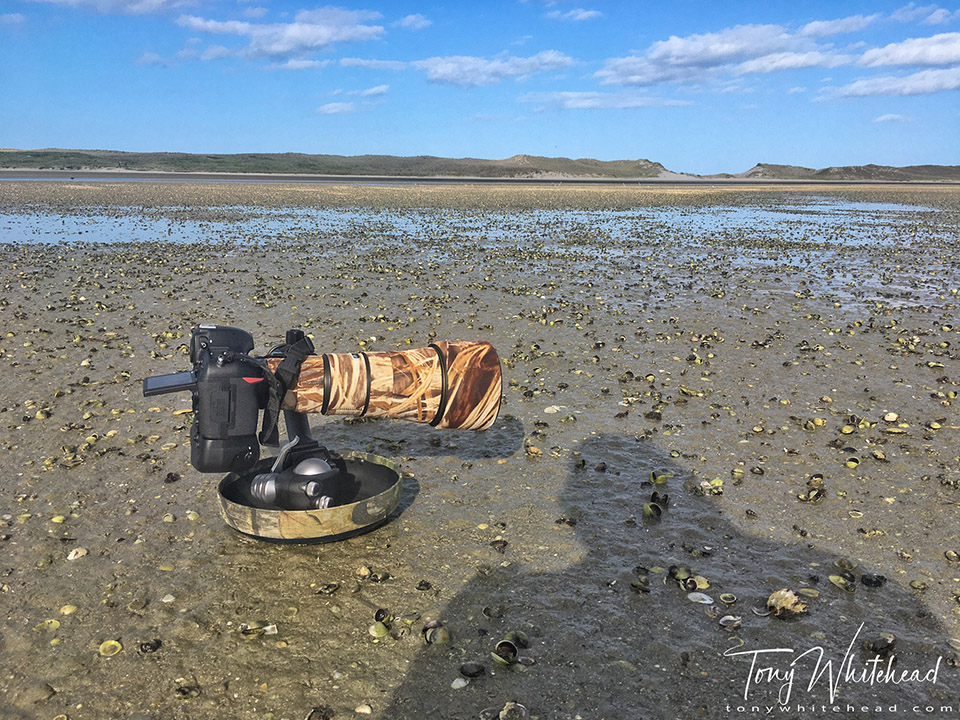
Autofocus in LiveView is not as quick as when using the optical viewfinder so is only useful for relatively static subjects. I have found it perfectly usable for birds resting, preening and wading while foraging. It is no good for tracking birds that take off unless they are flying parallel to the sensor plane.
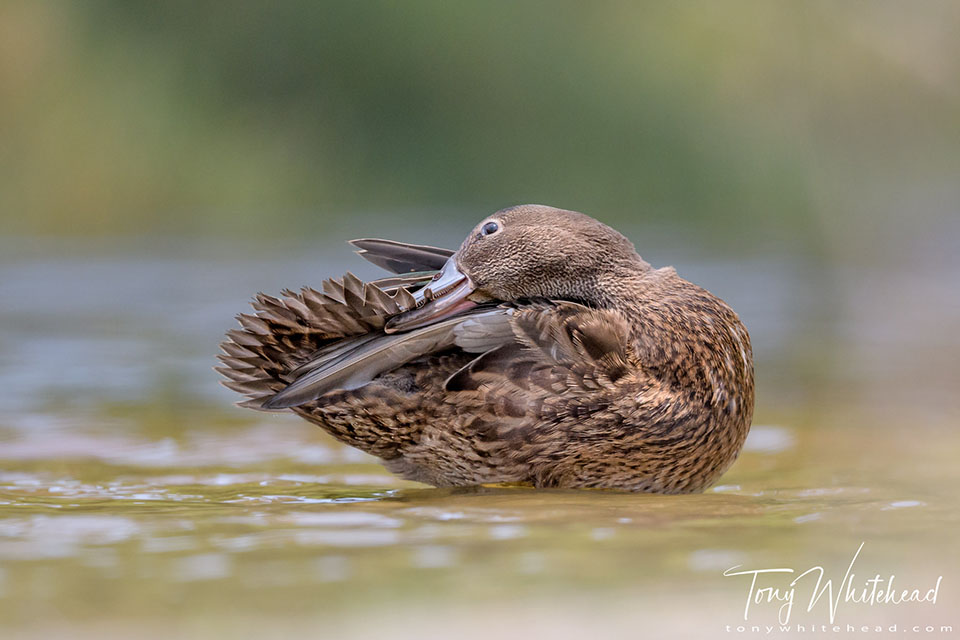
Apart from the comfort factor of not having to get into an awkward position it is easier and more convenient and mobile to work from a kneeling position. Even in bib waterproofs and a waterproof jacket muddy water always seemed to find a way in if laying down in the mud but kneeling in a pair of waders keeps you clean and dry on the inside. A drawback of this approach is that you have a higher profile which can put birds off from approaching you. I have not yet found this a significant issue as kneeling is a lower profile than the standing human shape and stillness the most important issue in avoiding alarm. I have a bag hide that I may experiment with but prefer a minimalist approach if it works.
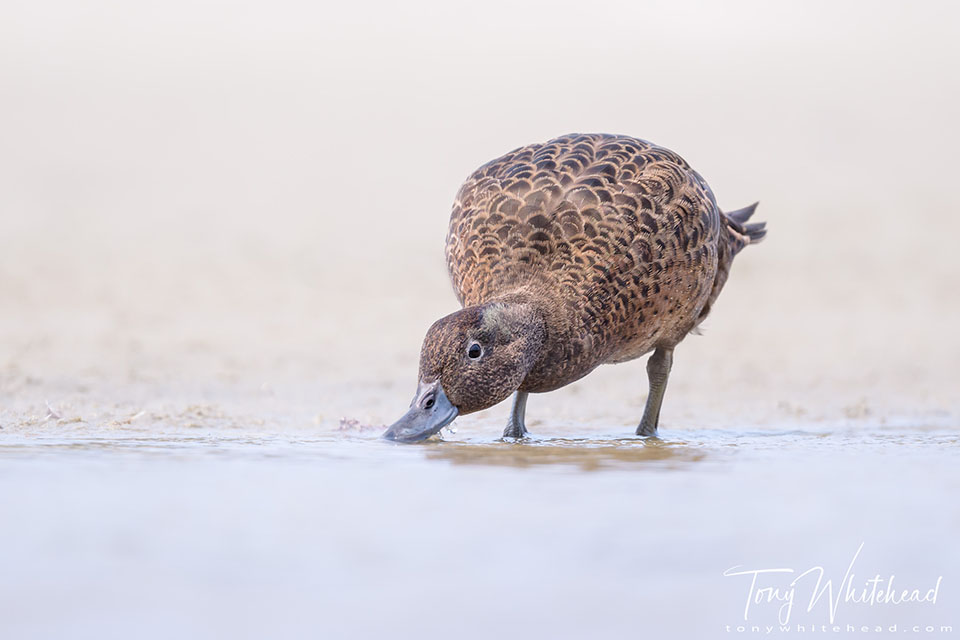
Photos with Nikon D850 and Nikon 500mm f5.6PF except the groundpod photo with iPhone 5SE and the photo showing Dabchick photo being taken which was taken by Angela with her iPhone 5s.
